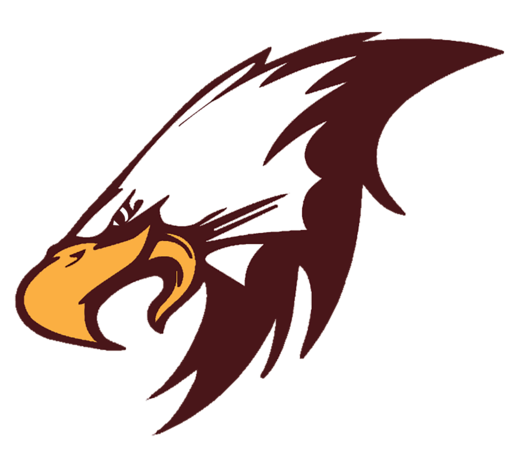Wayland-Cohocton Eaglets will be introduced to coding, programming, and critical thinking and problem solving skills this year after Instructional Coach Dionne Barratt applied for and was awarded a Brandon DelCorvo Classroom Grant through NYSCATE (New York State Association for Computers and Technologies in Education) The grant will purchase Bee-Bots and Blue-Bots for use by students in prekindergarten through second grade.
As Wayland-Cohocton continues to develop multiple pathways to prepare its students for graduation, careers, college preparedness and civic engagement, early programs are an integral part of that process.
“When our littlest learners start working on identifying jobs in the community, having prior experience with innovative technology could positively impact the potential they see within themselves, and the types of jobs they can envision for themselves after graduation,” said Barratt.
While students use chromebooks from kindergarten, the district does not currently have a computer science curriculum or resources for prekindergarten students. Bee-Bots and Blue-Bots are tools that can be easily incorporated into the existing Early Education curriculum to support teaching core content concepts while engaging students in age-appropriate play-like learning.
“Children who learn robotics and coding will pick up many skills, including those used for critical thinking,” said Barratt, who applied for and was awarded the grant. “There are different ways to solve problems, and kids who learn robotics are learning how to choose the best solutions for a problem. Learning through play with these robotics will teach our youngest learners how to plan a solution, experiment with trying different variables, and persevere to find new and creative solutions if they don’t succeed right away.”
With the Bee-Bots and Blue-Bots, students will create and execute simple algorithms to reinforce skills such as color identification, spelling of names, posing questions, classification of geometric shapes, and making predictions and testing hypotheses. The robots are part of a tiered system that can help introduce programming and how things work. Teachers will continue to offer opportunities to build students’ social-emotional capacity as they work collaboratively to design programs and build proficiency in core areas with the integration of this technology.
In the classroom, teachers will integrate the technology as a tool for learning at early stages, beyond the stand-alone instruction use of technology. Youth pick up the skills almost intuitively and introducing them to its use as a tool can begin a life-long confidence in learning these skills as their lives and career require. Learning to code can help build social skills of perseverance, creativity, teamwork, collaboration, self-confidence and risk-taking.

